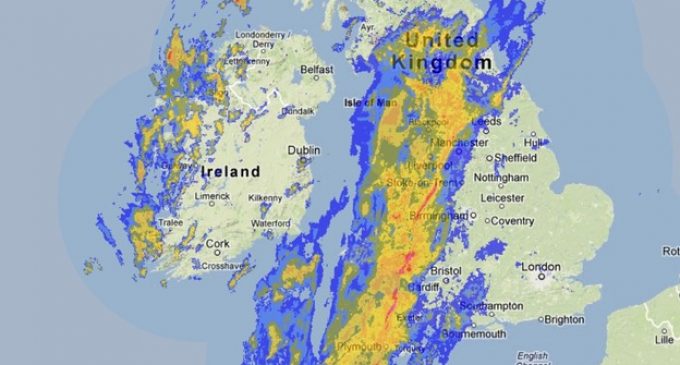Changing Landscapes Not Global Warming to Blame For Increased Flood Risk

Major flood events occur around the world every year, but with international loss databases documenting increased incidents of flooding, more material loss and greater fatality rates, are these events on the increase, and are they getting worse?
A new study published in Hydrological Sciences Journal examines the key reasons for increasing frequency and severity of floods; considering whether this is due to improved reporting by the media, an increasing and expanding global population, or whether climate change is the crucial factor.
The authors combine the outcomes of the IPCC Special Report on “Managing the Risks of Extreme Events and Disasters to Advance Climate Change Adaptation” (SREX report) with more recent research to give a rounded view of the cost of flooding (both human and material), the causes of increased flood risk and predictions of future global flooding patterns.
Studies have shown that there is a clear link between population density and flooding. Currently 800 million humans are living in areas vulnerable to flooding. This is predicted to rise by a further 140 million during 21st Century as we see continued economic and population growth. At the same time reduction of woodland, changing river flow and the urbanisation of flood plains will increase flood risk in many regions.
The SREX report established a link between the human impact on the global landscape and occurrences of heavy precipitation leading to greater flood risk, and predicts an increase in rain generated flooding this Century. At the same time the report concluded that there was a lack of research identifying, in a persuasive way, an influence of anthropogenic climate change on global river flooding.
Whilst scientists recognise that climatic factors such as atmospheric water vapour, evapotranspiration, snowmelt, temperature sequences, ground water and soil moisture content can all contribute to flooding; further long term study of regional flood patterns is needed to fully understand how a change in the climate could alter these climatic factors and impact on future flood risk.
Furthermore, whilst climate change and greenhouse gas emissions are strongly linked to flooding, the relationship is very complex, and to date neither empirical analysis nor data modelling has been able to accurately describe the connections.
The key message of this research is that: “The scientific community needs to emphasize that the problem of flood losses is mostly about what we do on or to the landscape and that will be the case for decades to come.”
The authors urge governments, scientists, engineers and citizens to use practical precautionary strategies to limit regional flooding sooner rather than later, because conclusive scientific evidence linking greenhouse gas emissions and flooding will be a long time coming.








There are no comments at the moment, do you want to add one?
Write a comment